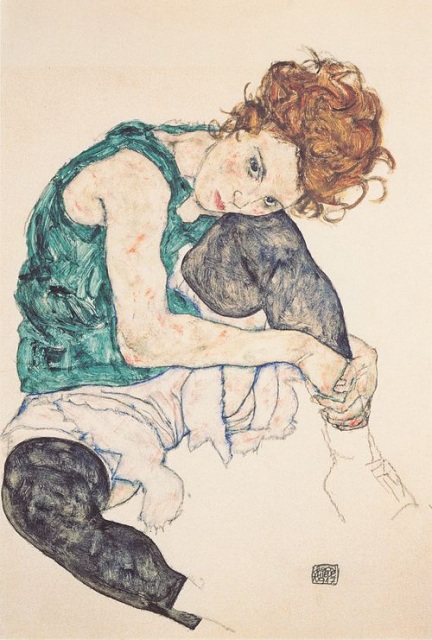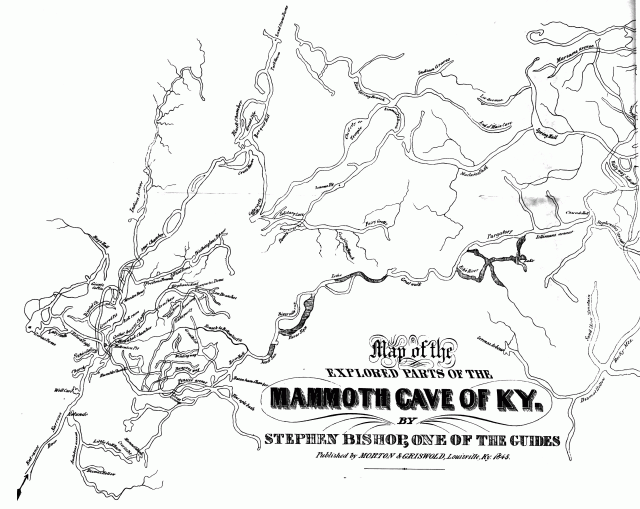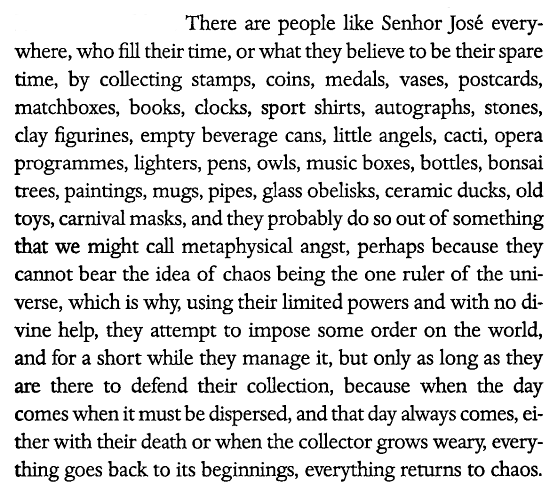Immerse yourself in the music, art, writing, and other points of inspiration that set off the spark for the twelve poets featured in "Incalculable Splendor: Our Seventh Annual Look at Debut Poets."
Lauren Berry kept images of Egon Schiele's portraits of women nearby while writing her book, The Lifting Dress (Penguin Books).

Schiele's Sitzende Frau mit hochgezogenem Knie (Seated woman with bent knee, 1917).
![]()
Deborah Brown, author of Walking the Dog's Shadow (BOA Editions), has been especially influenced by the poetry of Wisława Szymborska.

From "Coloratura," originally published in Salt (1962), and included in the Szymborska's book of selected works view with a grain of sand (Harvest Books, 1996), translated by Stanisław Barańczak and Clare Cavanagh.
![]()
Lucas Farrell was inspired by the film essays of Chris Marker as he wrote The Many Woods of Grief (University of Massachusetts Press).
From Marker's Sans Soleil (1983).
![]()
Farrell has also been influenced by the artwork of John James Audubon.

Phoenicopterus ruber, the Greater Flamingo, by John James Audubon for The Birds of America.
![]()
Brett Foster, author of The Garbage Eater (TriQuarterly Books), was inspired by the writings of early Italian humanist Leon Battista Alberti.

From Alberti's On Painting, translated by John R. Spencer (Yale University Press, 1970).
![]()
Foster is also fond of the poetry of Kimberly Johnson.
Winter enfolds us, a fabric of tenterhooks.
Sunlight from everywhere whitens the room.
My south wind, my wingspan,
how can we unwinter ourselves?
From “Squall Line" in Leviathan With a Hook (Persea Books, 2002).
![]()
Emily Kendal Frey, author of The Grief Performance (Cleveland State University Poetry Center), names Kate Greenstreet among her literary influences.
Greenstreet illuminates her poetics in the video essay Cloth.
![]()
Jeff Hoffman, author of Journal of American Foreign Policy (New Issues), found inspiration in books that read like what one might call "concept albums," among them Davis McCombs's Ultima Thule (Yale University Press, 2000). McCombs's book centers on the idea of the cave, most specifically Mammoth Cave in Kentucky, explored and mapped by the slave Stephen Bishop.


From "Candlewriting," the first poem in Ultima Thule.
![]()
Arlene Kim was influenced by the work of avant-garde filmmaker Maya Deren, particularly Meshes of the Afternoon (1943), when writing What have you done to our ears to make us hear echoes? (Milkweed Editions).
![]()
Kim turned to Dictee, a hybrid memoir by Theresa Hak Kyung Cha (University of California Press, 2001) to navigate questions of Asian American experience and identity.
![]()
Kim has also carried with her images from Arthur Tress's book The Dream Collector (Westover Publishing, 1972), a compilation of photographs based on interviews with children about their dreams and nightmares.

Flood Dream, Ocean City, New Jersey.
![]()
Harmony Holiday, author of Negro League Baseball (Fence Books) is inspired by "the complexity of the human spirit as expressed through black music, dance."

The Alvin Ailey American Dance Theater performs Revelations.
![]()
Robert Fernandez, author of We Are Pharaoh (Canarium Books), has found inspiration in the process of painter Willem de Kooning.
![]()
Fernandez and Lauren Berry were both fed artistically by the swampy landscapes and abundant light of Florida.

![]()
Berry was also influenced by Henry Miller's Tropic of Cancer.

![]()
Alan Gilbert, author of Late in the Antenna Fields (Futurepoem Books), has been moved by the art and activism of Paul Chan.
From Chan's video installation First Light (2005); additional works from this series are posted on the website of the New Museum in New York City.
![]()
The rhythms of the early Chicago electric blues hold sway in Iain Haley Pollock's debut, Spit Back a Boy (University of Georgia Press).

![]()
Pollock also names contemporary poet Shirlette Ammons among his influences.
Ammons reads from her book Matching Skin (Carolina Wren Press, 2008).
![]()
Xochiquetzal Candelaria, author of Empire (University of Arizona Press), has used José Saramago's novel All the Names as a barometer for her own work.

From the translation by Margaret Jull Costa (First Harvest, 2001).
![]()
Candelaria has also been influenced by the poetry of June Jordan.
Jordan recites "The Song of the Law Abiding Citizen."
![]()
The music of artists from Alice Coltrane and Charles Mingus to Burial and Simian Mobile Disco have helped shape the work of our 2011 debut poets. Listen to a playlist of songs from recommended artists on Spotify.









